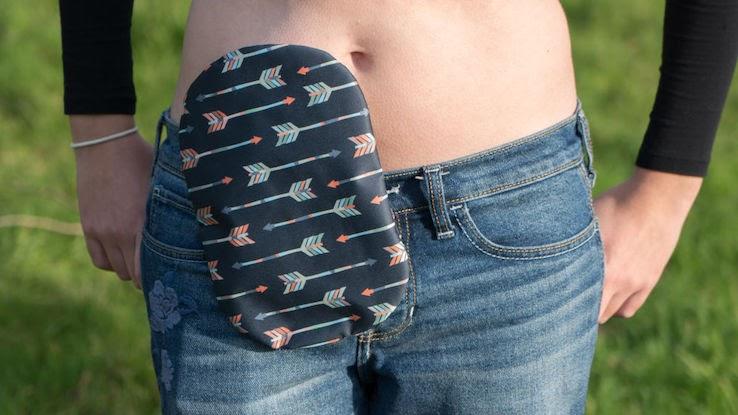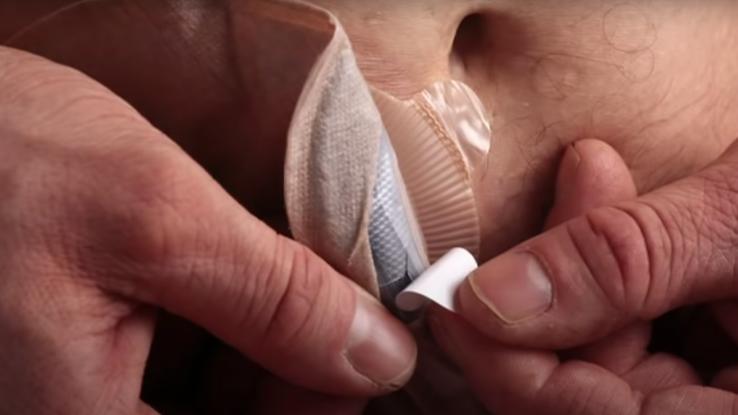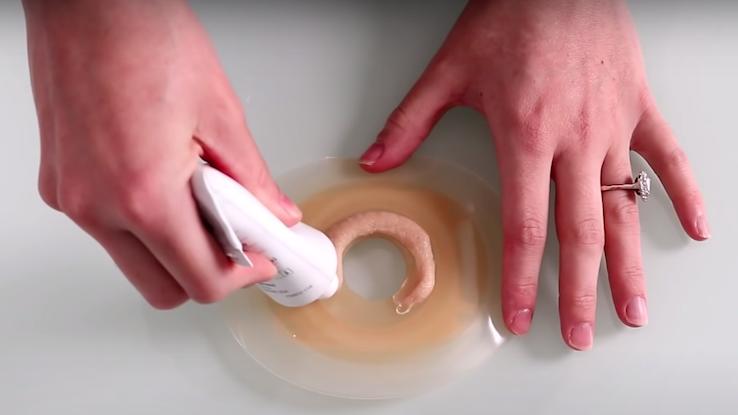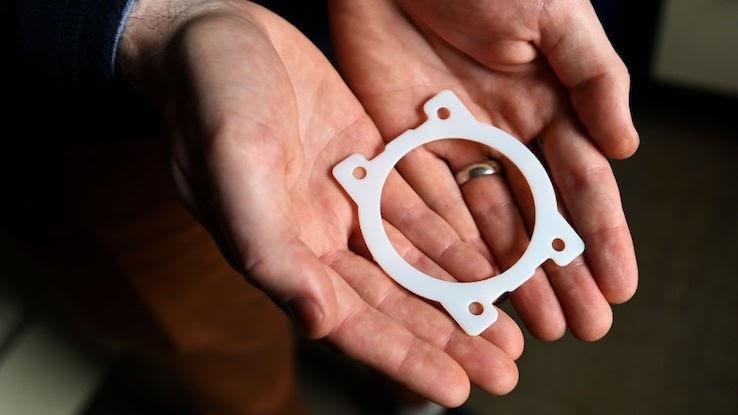
Did you know that there are between 725,000 and 1 million Americans living with an ostomy? This life-saving surgery has been used successfully for years now and can improve overall quality of life, which is a positive thing for anyone who’s new to living with an ostomy. While it’s normal to experience emotional and physical changes after your ostomy surgery, recovery is the beginning of your new life with improved health.
After getting an ostomy, things may feel overwhelming; there’s a lot to learn about the different way of life it brings along. But there’s plenty of good news, too: Living with an ostomy — whether it’s permanent or temporary — is easier when you have the right supplies on hand. You’ll be able to do everything you want to do safely and comfortably, all while taking care of your ostomy and the skin around it.
Ostomy Pouches and Accessories Come in Different Designs for Ease of Use
Ostomy pouches are essential supplies that collect the waste that gets diverted out of your body following surgery. There are various types of ostomy pouches available. The one that will work best for you depends on several factors, most notably the type of ostomy surgery you’re having. One of the most common ostomies is a colostomy, which is an opening that travels through your abdomen into your large intestine (colon). An ileostomy is similar, but the opening goes into your small intestine instead of your colon. A urostomy is an opening into your bladder, allowing you to drain urine after your bladder has been removed or bypassed following a surgery.

Beyond that, there are two basic types of pouches: one-piece and two-piece. One-piece pouching systems include an attached skin barrier on the pouch. This design simplifies things, but you’ll need to change both the skin barrier and pouch every time you change the pouch. Two-piece systems keep the pouch and skin barrier (which is also called a wafer) separate. The barrier works much like a flange, attaching securely to the pouch, and you don’t need to change the skin barrier every time you change the pouch with this setup.
Both types may be closed systems or open, which allows you to drain them between changes. Open systems, like their name implies, have bags with open ends. The bottoms of these pouches close with clips and open up so you can drain them while you’re still wearing them. Ileostomy and urostomy pouches typically fill up faster than colostomy pouches, so drainable ostomy bags can keep you from having to change your entire pouch system every time the bag fills.
Some people prefer not to use adhesives when they wear ostomy pouches, whether due to an allergy to certain materials, their own comfort preference or another reason. Instead, they choose to secure their pouches with belts. These are wide, flexible pieces of fabric that wrap around your abdomen (and the pouch) to provide support. They hold the pouch in place close to your body, and some are designed to fit through loops on pouches for extra security.
Skin Protectants Keep Your Ostomy Site Comfortable
The new opening that travels through your abdomen and that’s created during ostomy surgery is called a stoma. The skin around it is called peristomal skin. This skin is prone to irritation from the bag and adhesive wafer, which can lead to complications down the road. The pouch system itself could cause redness or irritation, particularly if you develop a sensitivity to it. Pressure, sizing issues and leakage can also damage the peristomal skin.

Keeping this delicate area healthy and irritation-free is very important for your overall comfort and for preventing a possible infection. One of your first lines of defense is the skin barrier itself. Making sure you have a good fit is an important step in reducing skin irritation. If you’re using a one-piece pouch system, using a flexible adhesive can protect your skin while allowing you to change the system more frequently as needed. If you’re using a two-piece system, look for moldable skin barriers, which help reduce any gapping and give you a tighter, more secure pouch fit.
Other helpful supplies to keep on hand include skin barrier pastes and strips, which can help you enjoy increased wear time by filling in the space between your skin and the skin barrier. Skin barrier wipes and powders can help soothe mild irritation and encourage healing, and they also make it easier to keep your skin clean.
You can use special tape for extra support around the skin barrier. This works by attaching the skin barrier more securely to your skin, which can be especially helpful if the barriers you use have larger flanges. Adhesive removers help get rid of traces of adhesive residue on your skin after you change your skin barrier or tape. Some come as sprays and others are available in wipe form, and both are easy to use.
Choose Supplies From Specialty Retailers
Fit and function are two very personal factors that will help guide your product selection. Getting recommendations from doctors and other patients is helpful, but keep in mind that you might need to try a few different brands or different types of pouches to find the one that works best for you and feels best to your body. Ultimately, you want supplies that help keep your skin healthy and protected while allowing you to live your life comfortably and confidently.

To get started, check to see what suppliers your insurance carrier covers. Depending on the type of insurance you have, your ostomy supply options might be limited by restrictions, particularly if you have Medicare or your insurance comes from a health maintenance organization (HMO). Medicare, for example, does cover medically necessary ostomy supplies, but you’ll need to pay for 20% of the Medicare-approved cost amount unless you have supplemental insurance that can cover the remainder.
Common places to get your ostomy goods include medical supply companies and mail order companies that specialize in ostomy and other products. Some independent pharmacies may carry the supplies you need, but the specialized nature of the supplies can sometimes make your options more limited, particularly at chain pharmacies. Many medical supply companies allow you to shop online for the items you need and will deliver them directly to your home.
Resource Links:
https://www.ostomy.org/types-pouching-systems/
https://www.ostomy.org/living-with-an-ostomy/
https://www.ostomy.org/top-8-signs-your-peristomal-skin-is-irritated-or-damaged/
https://www.niddk.nih.gov/health-information/digestive-diseases/ostomy-surgery-bowel
https://www.medicare.gov/coverage/ostomy-supplies





